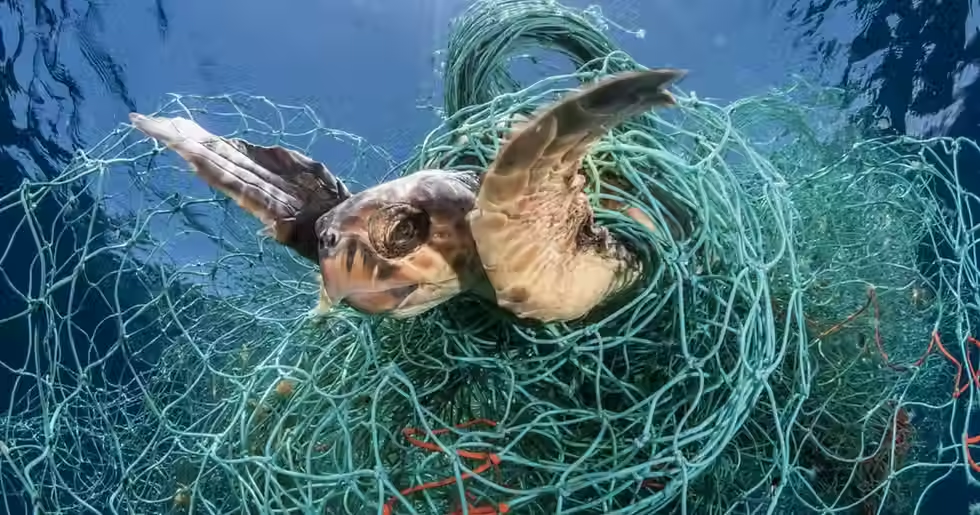Fracking's Hidden Toll: The Health and Environmental Costs of Fossil Fuel Extraction
- Srija Sengupta
- Aug 25, 2024
- 3 min read
The mining of fossil fuels has always been a slippery slope, but with the rise of fracking, there may be a bigger impact than previously imagined. Our environment is forced to undergo serious changes due to the effects of burning fossil fuels, such as greenhouse gas emissions and rising temperatures, and the issue goes even deeper than this; even removing fossil fuels from their reservoirs takes an immense amount of resources. In fracking specifically, the significant requirement for water poses a threat to our ecosystems, atmosphere, and especially our water sources.
First of all, what is fracking? Fracking, short for hydraulic fracturing, is the process of blasting fluid underground to crack subsurface rock and release natural gas and crude oil. The fluid used in fracking is composed of water and chemical substances, rendering fracking a major contributor to water depletion, contamination, and air pollution [1]. Fracking has therefore made an unfortunate but significant impact on the fossil fuel industry. Since its invention in the 1940s, more and more companies have implemented fracking in their daily quest for fossil fuels.
Fracking drains and pollutes water sources. Each gas well uses up to 40 million gallons of water per frack, amounting to over 1.5 trillion gallons since 2011 alone [2]. Water scarcity remains a significant issue across the globe–which fracking only escalates–and has serious consequences for living and nonliving things alike. In fact, freshwater makes up a mere 3% of all the water on Earth, and only a sixth of freshwater is drinkable for humans [3]. We are already struggling to address water scarcity concerns, and fracking further amplifies these concerns. Moreover, the lack of water caused by fracking hotspots leads to frequent and severe droughts; a decrease in groundwater recharge, which impacts potable water sources; and the prevention of further oil and gas production [2]. The immense burden of fracking on water sources is extremely dangerous and may lead to unpredictable implications for human and animal life as well as our environment. Furthermore, fracking does not just deplete water sources; it contaminates the remaining water, too. The chemicals and proppants used in fracking fluid can seep into water reservoirs and aquifers that hold drinking water. These substances are considered hazardous to human health–high amounts of fracking fluid in water reservoirs cause serious health issues for people who drink the water. Worst of all, chemicals used in fracking fluid can be difficult to detect and analyze, making them an invisible hazard and increasingly dangerous [4].
In addition to its negative impacts on water, fracking can have serious consequences on the atmosphere and the air we breathe. Studies reveal that pollution from fracking can lead to high levels of smog and release toxic contaminants into the air [5]. These contaminants are major causes of serious lung illnesses and other diseases across the nation. If fracking continues to pollute the air we breathe, there could be even greater consequences in the future. We cannot afford to wait to find out what damage fracking might have on the environment and life on Earth.
Ultimately, fracking is extremely detrimental to both human health and the environment, especially water sources. If fracking continues its reign on the fossil fuel industry, numerous water sources across the globe could be at risk for contamination. Fracking could potentially contribute to the depletion of Earth’s freshwater sources, making water scarcity an even more severe problem. We must transition away from traditional fossil fuel extraction methods and invest in renewable, sustainable energy solutions.
Sources:




"Food" refers to any substance Check this consumed by an organism for nutritional support, providing energy, maintaining life, and stimulating growth. It's typically of plant, animal, or fungal origin and contains essential nutrients like carbohydrates, fats, proteins, vitamins, and minerals.
Sohbet uygulamaları.https://www.gevezeyeri.com/
Mobil sohbet uygulamaları ücretsiz.https://www.gevezeyeri.com/mobil-sohbet.html
Gabile chat uygulaması ücretsiz.https://www.gevezeyeri.com/gabile-chat
Cinsel chat uygulaması ücretsiz.https://www.gevezeyeri.com/cinsel-chat
Gabile sohbet uygulamaları ücretsiz.https://www.gevezeyeri.com/gabilesohbet.html
Cinsel sohbet uygulamaları ücretsiz.https://www.gevezeyeri.com/cinselsohbet.html
Python training institute in Coimbatore – Yale IT Skill Hub Take your Python skills to the next level with the advanced Python course at Yale IT Skill Hub, Coimbatore. Dive deep into advanced topics like classes, modules, and libraries, with plenty of projects to strengthen your coding expertise for software development or data analysis roles.